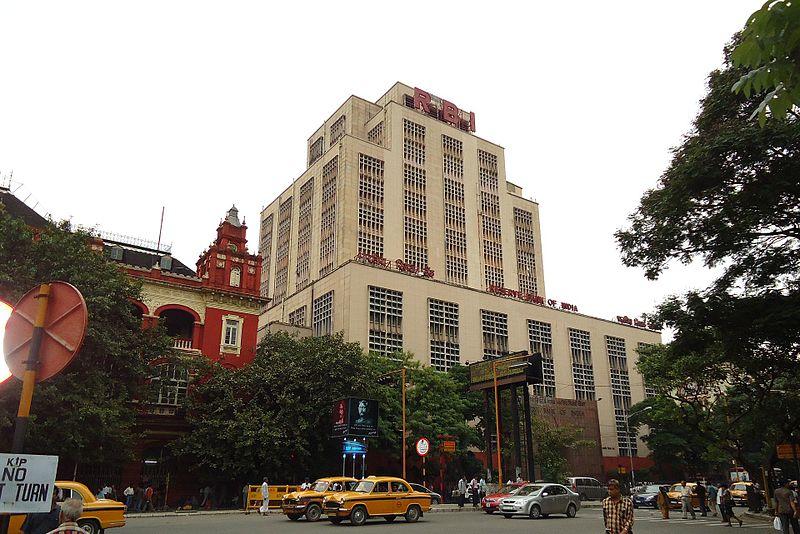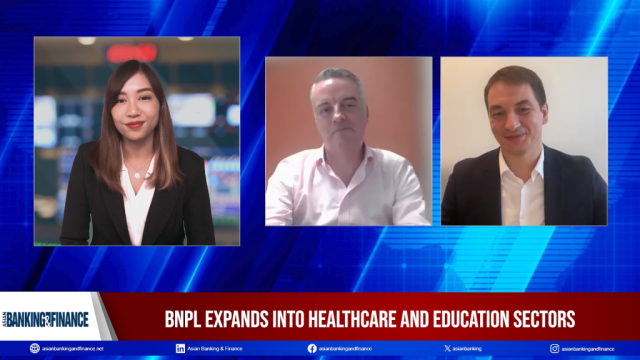
India may slash benchmark rates by 25bps in February
High unemployment and a subued manufacturing sector will drive rate cuts.
The Reserve Bank of India (RBI) is expected to cut its benchmark rates by 25bps at its February 2020 meeting, according to a report by UOB.
Policy-makers notedly said that “there is monetary policy space for future action”, which suggests that more rate cuts may be expected if growth headwinds persist in the quarters ahead, according to UOB economist Barnabas Gan.
This comes as growth headwinds will likely persist through 2020 amidst a high unemployment and lacklustre manufacturing environment, he added.
RBI decided to keep its benchmark rate unchanged at its December meeting, leaving both repurchase and reverse repurchase rates at 5.15% and 4.9%, respectively. All six members unanimously voted to keep the policy unchanged after cutting the interest rate five times in 2019, totalling 135 basis points.
The decision to keep the policy unchanged was predicated on the fact that there is “evolving growth-inflation dynamics,” noted Gan.
“Chiefly, a more positive tone can be gleaned from RBI’s view on the global economy, in which the central bank cited that “some signs of resilience are becoming visible”, whilst “risk-on sentiment stemming from renewed optimism on a trade truce between the US and China and the possibility of a Brexit deal” have buoyed global financial markets,” he added.
Further, the previous rate cuts made since February 2019 were already expected to lift both sentiment and domestic demand in the quarters ahead.
Also read: India's central bank chief calls for tigher scrutiny of state-run banks
However, the central bank further slashed its FY2019-2020 growth outlook to 5% from a previous estimate of 6.1% on the back of lacklustre domestic demand and a slowdown in global economic activity. India’s GDP decelerated to a 4.5% YoY growth in Q3, its slowest pace since early 2013, noted UOB.
Inflation is also expected to rise between 4.7% to 5.1% for the second half of RBI’s current fiscal year, and between 3.8% to 4% in H1 FY2020-2021. The central bank cited that there are expectations for higher food prices, led by an “upsurge in vegetable prices” although government measures to limit food prices by early February 2020 can be expected.
“In a nutshell, the MPC continued to maintain its accommodative stance and highlighted its objective of achieving the medium-term target for consumer price inflation of 4% within a band of +/- 2%, whilst supporting economic growth,” said Gan.
Photo courtesy of Wikimedia Commons























 Advertise
Advertise







